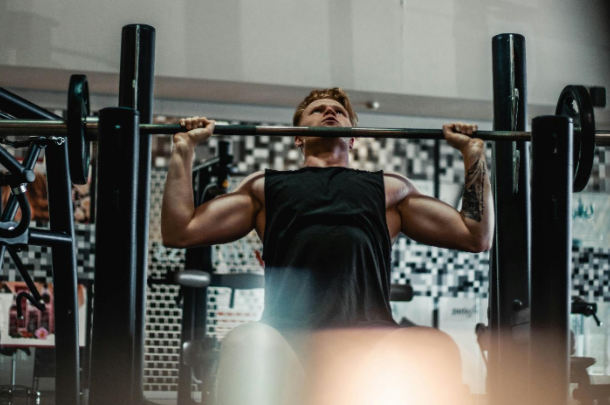Resistance band training represents a transformative approach to home fitness, offering an innovative and comprehensive method of strength conditioning. These elastic exercise tools have emerged as a powerful alternative to traditional weight training, providing unique muscle engagement and exceptional versatility for individuals seeking effective workouts in limited spaces.
Understanding Resistance Bands
Resistance bands for working out are precision-engineered elastic instruments crafted from high-quality materials like latex or advanced fabric compositions. These versatile tools generate progressive resistance through stretching, creating a dynamic training experience that challenges muscles in ways traditional equipment cannot. The bands are strategically designed with color-coded resistance levels, allowing users to customize their workout intensity with remarkable precision.
The Comprehensive Advantages of Resistance Band Training
The scientific principles underlying resistance band training reveal profound benefits for physical conditioning. Unlike conventional weight training, these elastic tools maintain constant tension throughout movement trajectories, which stimulates more comprehensive muscle fiber recruitment and enhances neuromuscular coordination. This continuous resistance promotes more balanced muscle development and reduces the potential for joint strain.
Practicality distinguishes resistance band training from other exercise modalities. Their compact design enables workout flexibility across diverse environments—whether in a spacious living room, a compact bedroom, or during travel. The minimal storage requirements and lightweight construction make them an ideal solution for individuals with spatial constraints or frequent travelers seeking consistent fitness routines.
Structuring a Comprehensive Resistance Band Workout
Preparatory Phase
Before engaging in intensive exercises, proper warm-up becomes critical for optimal performance and injury prevention. Dynamic stretching with resistance bands helps activate muscle groups, improve mobility, and prepare the body for more intense movements. Practitioners can begin with gentle band pull-aparts to enhance shoulder mobility and activate upper back muscles, followed by standing band marches to stimulate core engagement and improve lower body circulation.
Upper Body Conditioning
Upper body resistance band exercises target multiple muscle groups simultaneously. The resistance band chest press effectively challenges pectoral muscles while engaging triceps and anterior deltoids. Performed in standing or seated positions, this exercise creates a comprehensive upper body stimulus. Complementary movements like lateral raises develop shoulder muscles, creating definition and improving overall upper body strength.
Back and arm muscles receive profound stimulation through resistance band rows and bicep curls. These exercises generate continuous muscle tension, promoting strength development without excessive joint stress. The elastic resistance provides a smooth, controlled movement pattern that traditional weights cannot replicate.
Lower Body Development
Lower body resistance band training offers extraordinary muscular engagement. Banded squats represent a quintessential exercise that comprehensively challenges quadriceps, hamstrings, and gluteal muscles. Lateral band walks introduce additional complexity by activating hip abductor muscles and improving lateral movement stability. Glute bridges with resistance bands further enhance hip extension strength and muscular coordination.
Core Strengthening Techniques
Core conditioning transcends traditional abdominal exercises when incorporating resistance bands. The Pallof press challenges core stability by introducing rotational resistance, while banded Russian twists engage oblique muscles with unprecedented effectiveness. These exercises develop not just muscular strength but functional movement patterns critical for overall physical performance.
Strategic Progression and Safety
Effective resistance band training demands thoughtful progression. Practitioners should gradually increase resistance levels, modify exercise angles, and incrementally challenge their muscular endurance. Proper progression in resistance band training enhances strength adaptations while minimizing injury risks, particularly when variables like resistance, frequency, and movement patterns are progressively adjusted. Regular band inspections ensure equipment integrity, and maintaining controlled, smooth movements prevents potential injuries.
Implementing Your Routine
For optimal results, individuals should aim to perform this comprehensive resistance band routine two to three times weekly. Allowing 48 hours between sessions permits adequate muscle recovery and prevents overtraining. Individual adaptations based on personal fitness levels and physical responses remain crucial to long-term success.
Conclusion
Resistance band training offers a sophisticated, scientifically grounded approach to full-body conditioning. By integrating these versatile tools into a structured routine, individuals can achieve remarkable strength, flexibility, and overall physical development—all within the convenience of their personal environment.







